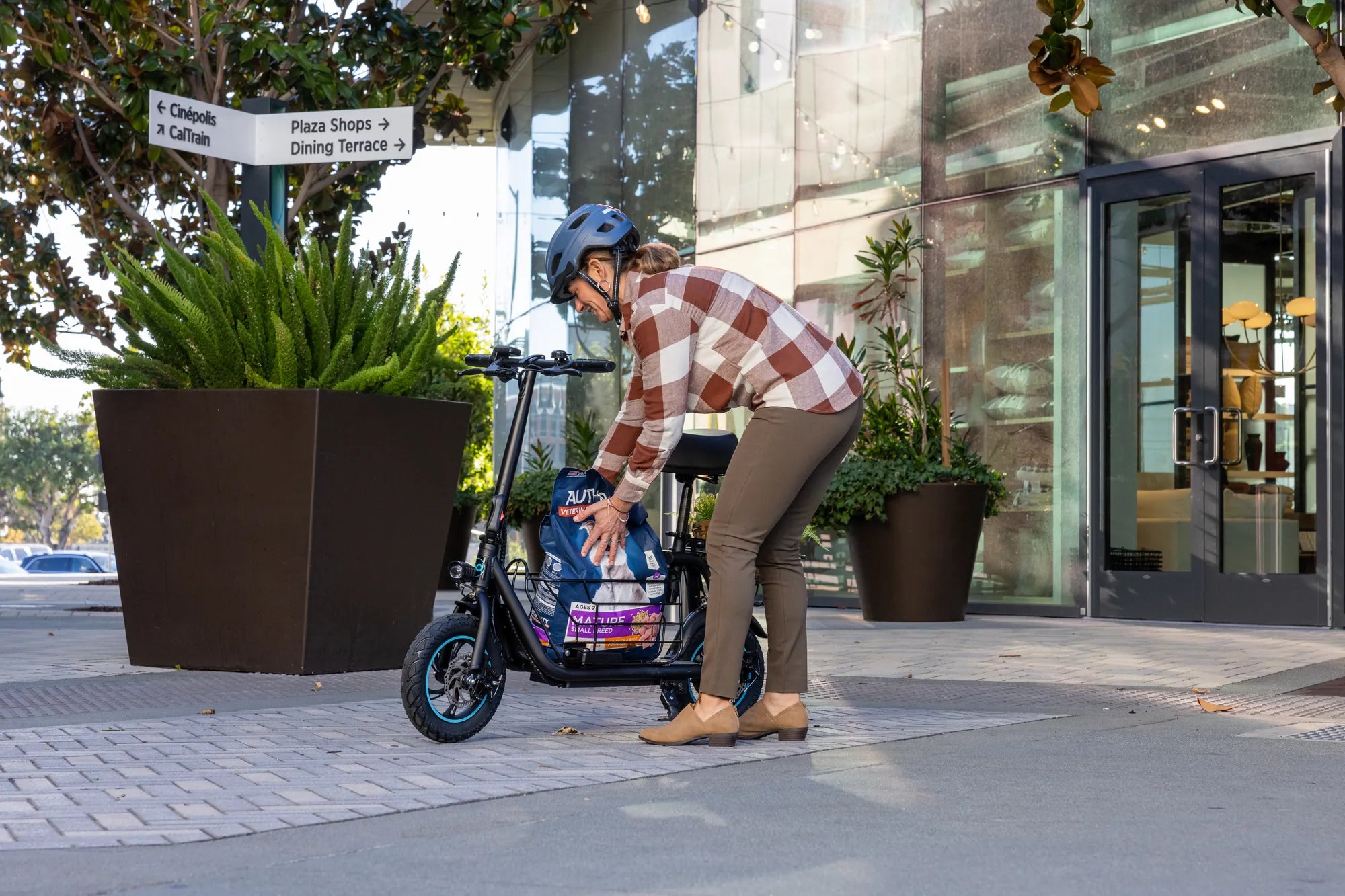Kids riding electric scooters is more than just a fun pastime—it's a gateway to independence, physical activity, and skill development. As these sleek, motorized vehicles become increasingly popular among children, parents are eager to learn how to balance excitement with safety. Whether your child is a beginner or a seasoned rider, understanding the ins and outs of electric scooters can help create unforgettable childhood memories while keeping risks at bay.
The Rise of Electric Scooters for Kids
Electric scooters have surged in popularity among kids in recent years, offering a thrilling alternative to traditional bikes or skateboards. These compact, battery-powered vehicles provide a sense of freedom and adventure that resonates with young riders. Unlike their manual counterparts, electric scooters require less physical effort, making them accessible to a wider range of children, including those who might struggle with pedal bikes.
Age-Appropriate Riding
Determining the right age for kids to start riding electric scooters depends on several factors. Most manufacturers recommend ages 6 and up, but maturity and coordination play significant roles. Younger children should start with lower-speed models and always ride under supervision. As kids demonstrate responsibility and skill, they can gradually progress to faster scooters with more features.
Safety First: Essential Gear and Precautions
No discussion about kids riding electric scooters would be complete without emphasizing safety. A properly fitted helmet is non-negotiable—it should sit level on the head and cover the forehead. Additional protective gear like knee pads, elbow pads, and wrist guards can prevent serious injuries during falls. Reflective clothing or accessories enhance visibility, especially during dusk or dawn rides.
Choosing Safe Riding Locations
Selecting appropriate riding environments significantly reduces risks. Smooth, paved surfaces free from traffic are ideal for young riders. Avoid areas with steep hills, heavy pedestrian traffic, or vehicle crossings until children demonstrate advanced control skills. Many communities have designated bike paths or parks perfect for electric scooter practice.
Developmental Benefits of Electric Scooter Riding
Beyond the obvious fun factor, kids riding electric scooters gain numerous developmental advantages. Balancing on a moving platform enhances core strength and coordination. Navigating turns and obstacles improves spatial awareness and decision-making skills. The independence gained from mastering a personal vehicle boosts confidence and self-esteem in young riders.
Selecting the Right Electric Scooter
Choosing an appropriate electric scooter involves considering several factors. Weight capacity should comfortably accommodate your child with room to grow. Speed settings should be adjustable, allowing for gradual skill development. Battery life determines riding duration, while wheel size affects stability—larger wheels typically handle bumps better. Look for models with reliable braking systems and durable construction.
Key Features to Consider
- Adjustable speed settings for progressive learning
- Shock absorption for smoother rides
- LED lights for visibility
- Foldable design for easy storage
- Water resistance for unexpected weather
Teaching Responsible Riding Habits
Instilling good habits from the beginning ensures kids enjoy electric scooters safely for years to come. Establish clear rules about where and when riding is permitted. Teach proper signaling techniques for turns and stops. Emphasize the importance of scanning for obstacles and maintaining control at all times. Regular maintenance checks—like testing brakes and tire pressure—should become routine.
Weather Considerations and Seasonal Use
While kids riding electric scooters often associate with sunny days, understanding weather limitations is crucial. Wet surfaces dramatically increase stopping distances and slipping risks. Extreme heat can affect battery performance, while cold temperatures may reduce riding range. Establishing seasonal guidelines helps prevent weather-related accidents and extends scooter longevity.
Social Aspects of Electric Scooter Riding
Electric scooters often become social activities for children, fostering friendships and group play. Organized riding sessions with neighborhood friends can encourage physical activity and outdoor time. However, establish ground rules for group riding to prevent collisions or racing temptations. Supervised scooter meetups at parks can create wonderful opportunities for social interaction and skill-sharing among young riders.
Transitioning to More Advanced Models
As children master basic electric scooter operation, many naturally seek more challenging rides. Gradual transitions to faster models with additional features should correspond with demonstrated skill and responsibility. Advanced riders might enjoy scooters with suspension systems, longer ranges, or customizable settings. Always prioritize safety features over flashy extras when upgrading.
From the first wobbly ride to confident cruising, kids riding electric scooters experience a unique blend of freedom and fun that few other childhood activities can match. By combining proper safety measures with age-appropriate equipment and responsible habits, parents can transform this exciting mode of transportation into a valuable developmental tool. The joy on a child's face as they zoom down the sidewalk, wind in their hair, represents more than just play—it's a milestone in their growing independence and a memory that will last long after the scooter batteries have run out.

Share:
Electric Scooters That Don't Require a License: The Ultimate Guide to Hassle-Free Commuting
First Electric Scooters: The Evolution and Impact on Urban Mobility